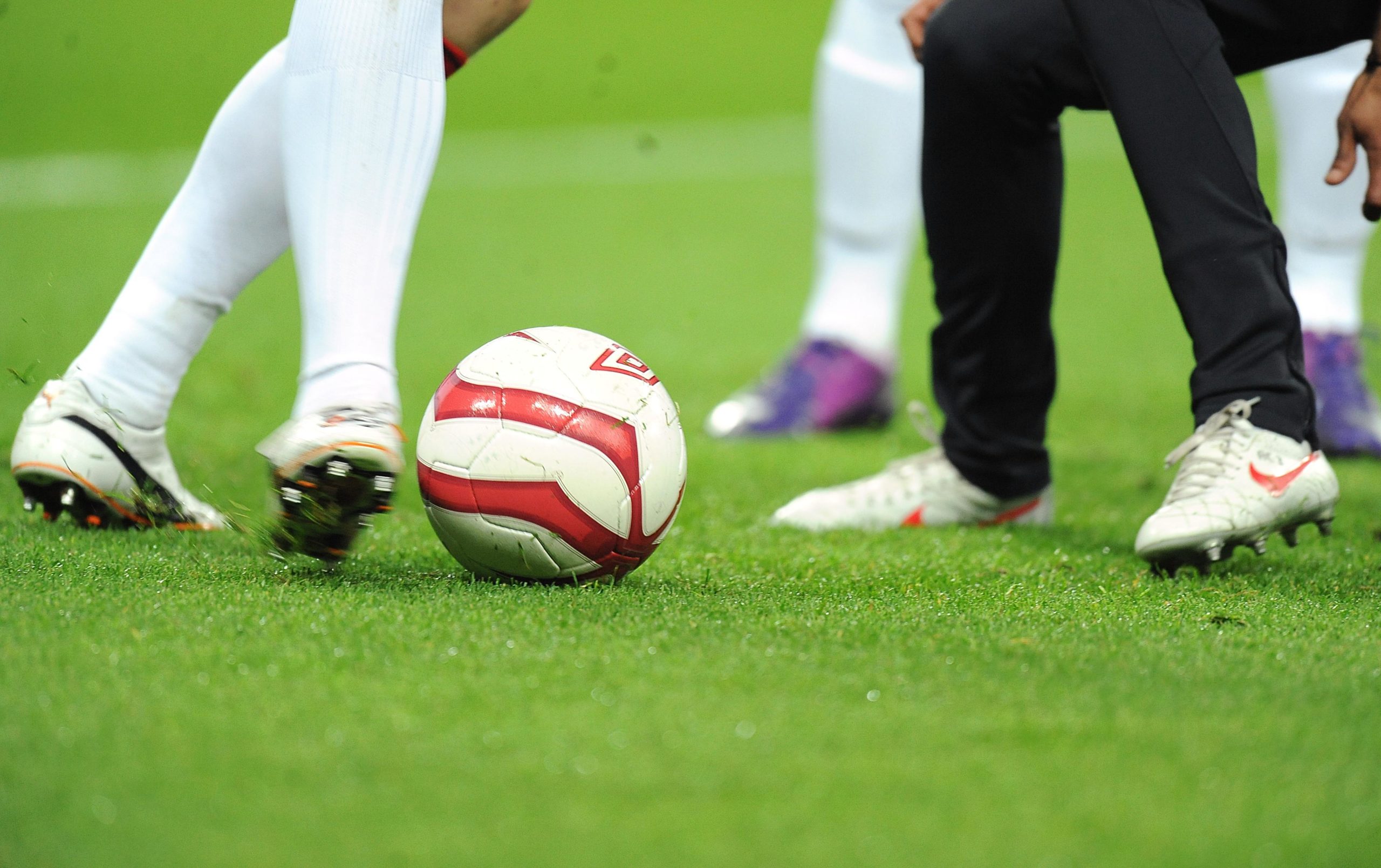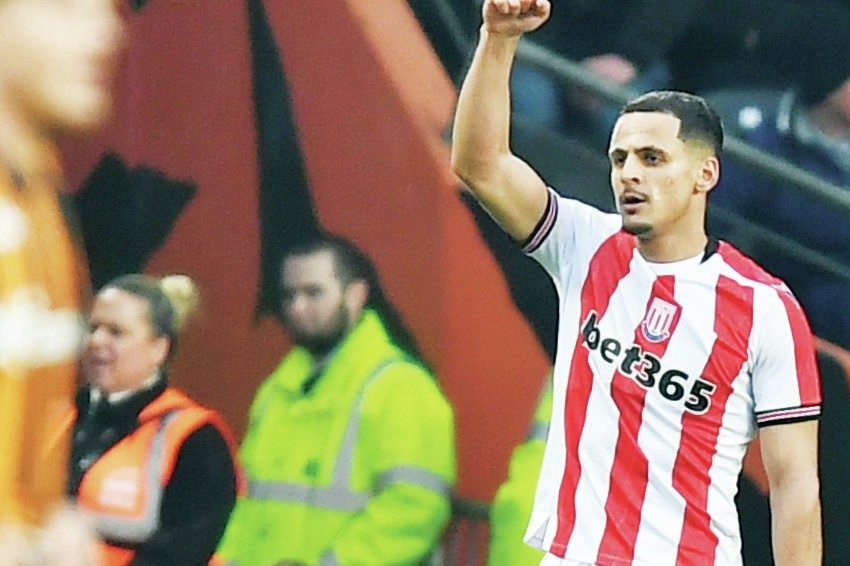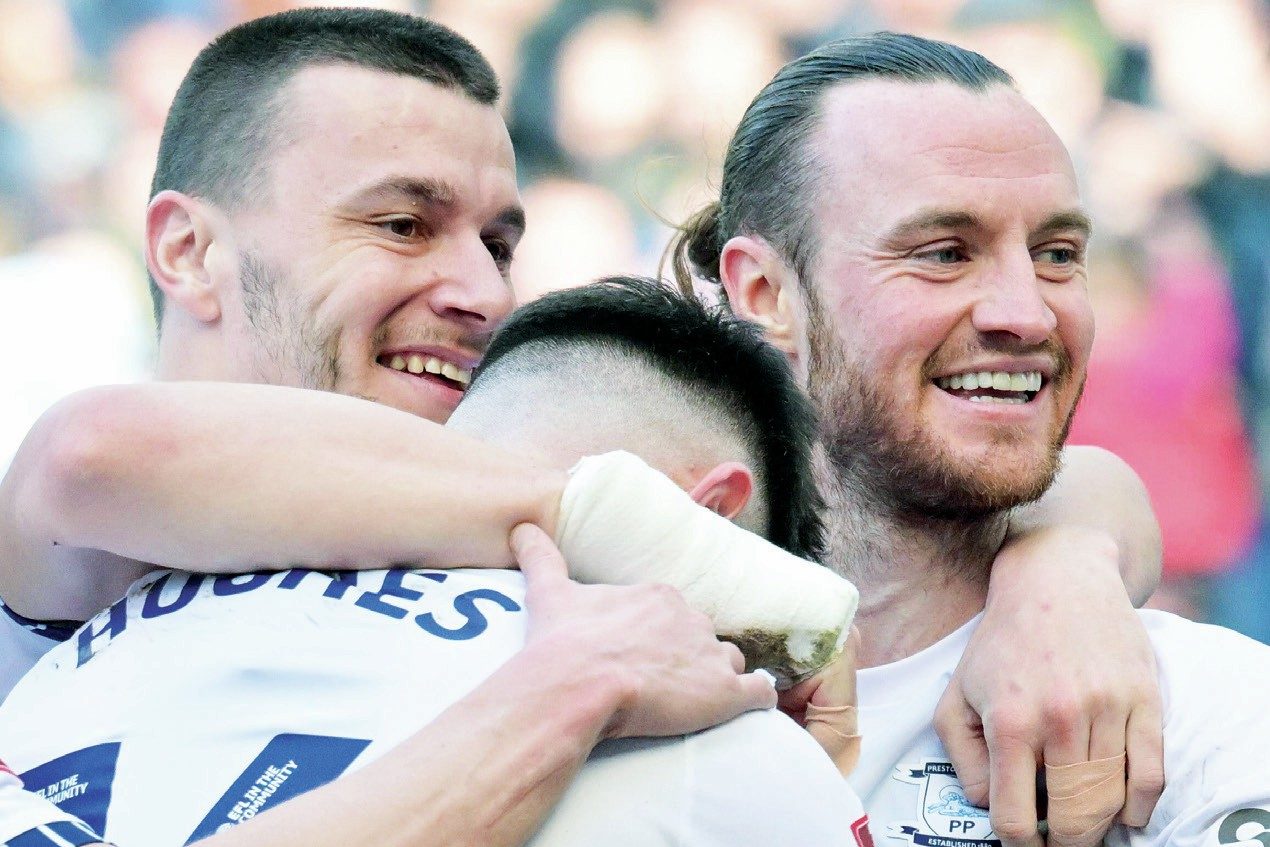
Static formations or fixed player roles no longer dictate the modern game of football. Instead, it’s a constantly shifting balance between chaos and control, especially in midfield, where the battle for space, rhythm, and tempo defines the outcome of elite matches.
In this dynamic landscape, midfielders are being asked to play more fluid and multi-dimensional roles than ever before. The archetype of the “specialist”, the deep-lying playmaker, the destroyer, the No. 10, has been replaced by hybrid profiles capable of switching roles mid-match, or even mid-phase of play.
The Blueprint of Controlled Chaos
Look no further than Manchester City under Pep Guardiola. At first glance, they are the most structured side in Europe, meticulous in their positional play, deliberate in their build-up. But under the surface lies a calculated disorder.
Players like Bernardo Silva, Mateo Kovačić, and John Stones are frequently used in hybrid positions. Silva and Kovačić can rotate between central midfield, wide overloads, and even deep build-up support, depending on the opposition’s press. Stones’ evolution into an inverted full-back turned deep midfielder is perhaps the most symbolic example of how modern managers use chaos as a strategic weapon.
In this system, the traditional “pivot” is often abandoned in favour of numerical superiority in specific zones, which constantly rotate throughout the match. The effect? An overwhelming sense of unpredictability for opponents, but complete clarity for the team executing it.
The Evolution of the Free 8
The resurgence of the “free 8” role, a dynamic, vertical midfielder operating between the lines, has contributed heavily to this tactical shift. Martin Ødegaard at Arsenal and Jude Bellingham at Real Madrid are prime examples. They’re creators, runners, and press initiators rolled into one.
Ødegaard, in particular, personifies balance. He interprets space with elegance and defensive intelligence, operating in a role that straddles the line between playmaker and second striker. Bellingham, meanwhile, adds a raw physicality to the position, thriving in the chaotic transitional moments that many coaches used to fear.
Midfield as a Microcosm of the Game
The midfield has become football’s version of the stock market floor – constantly moving, full of noise, but entirely trackable for those with the right information. Players are no longer told to hold positions – they’re told to interpret spaces.
And like the random success side hustles could present, the chaos in midfield can seem like luck to the untrained eye. But in reality, it’s a series of meticulously rehearsed patterns, executed in high-pressure environments with millisecond timing. The most successful teams are the ones that have embraced this apparent randomness as part of a larger structure.
Best Midfielders in the World Right Now
In an age where versatility is king, the best midfielders aren’t just defined by passes completed or tackles won; they’re judged by their ability to influence every phase of play. From deep orchestrators to box-to-box dynamos, these players are shaping the modern game in profound ways.
Jude Bellingham
Still only 22, Bellingham has quickly become one of the most complete midfielders in the world. He blends physicality with finesse, contributes heavily in both boxes, and has developed a surprising goal-scoring instinct since moving to Madrid. Whether operating as an advanced No. 8 or even in a more attacking role, his intelligence and athleticism make him impossible to pin down.
Martin Ødegaard
A cerebral playmaker with elite press resistance and technical quality, Ødegaard is the engine of Arsenal’s fluid attack. His spatial awareness, quick turns, and precision passing enable Arsenal to break lines and dominate possession. As club captain, his leadership off the ball has also become increasingly vital.
Joshua Kimmich
Although Bayern have undergone tactical transitions, Kimmich remains a constant. A true modern hybrid of No. 6 and No. 8, he mixes aggressive pressing with expansive distribution. His ability to shift roles mid-match between deep-lying pivot and auxiliary fullback makes him a dream for tacticians.
Federico Valverde
Valverde is a unique profile, part midfielder, part wide runner, all energy. His physicality, defensive instincts, and shooting ability make him a true “chaos controller.” He thrives in transitional moments and offers tactical flexibility that few players in world football can match.
Bruno Fernandes
Despite the chaos around him at United, Fernandes consistently delivers. His risk-taking style can be divisive, but his creativity, work rate, and leadership keep him among the elite. Whether playing behind the striker or in a more withdrawn role, he is often the team’s primary source of forward progression.
Final Thoughts
Football is entering an era defined by tactical ambiguity and adaptive intelligence. The midfield, once a place of order, is now the laboratory for experimentation. From positionless rotations to in-game shape-shifting, today’s top midfielders are part technician, part artist.
In a sport often reduced to numbers and metrics, the beauty of this evolution lies in its unpredictability and in how some of the world’s best teams have learned to find structure within the storm.








